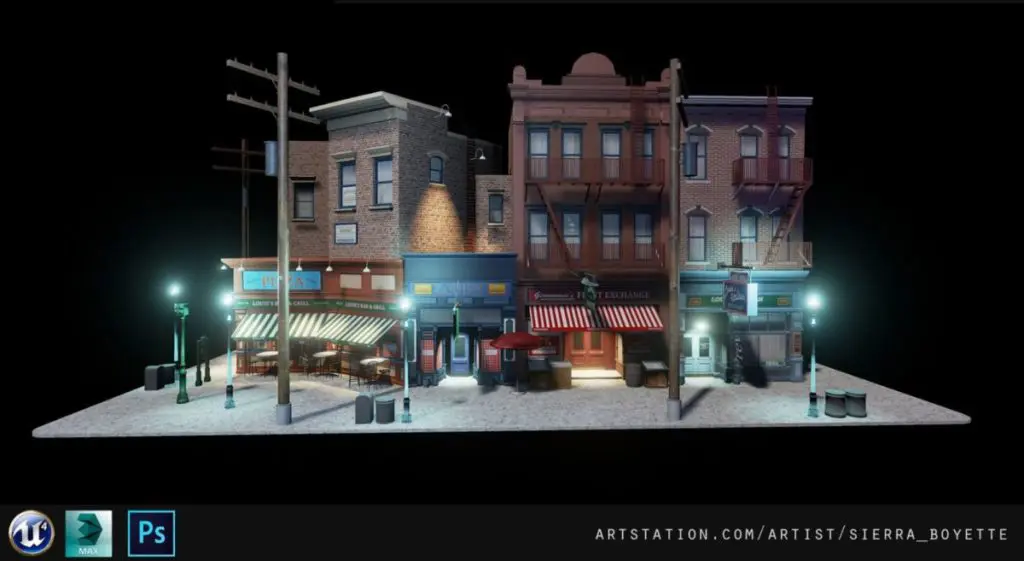Games industry veteran Henrik Strandberg has learned a bit in his 30+ years of working on multiple award winning titles. His specialty, business models in both AAA subscription-based and free-to-play (F2P), resulting in him founding Largify Games Consulting, a boutique consultancy working with developers and publishers worldwide to optimize games, processes, and workflows.
Written by Renee Dunlop

The two prevalent business models today in video games are “premium”, where you pay up to $60 up front for an entire game, and “F2P”, where you download a game for free, and then pay in-game to unlock additional features and content. “One way of describing these two models from an economics point of view is to talk about premium games as generating excitement and sales by promising ‘high value’ to a relatively small number of game aficionados”, says Strandberg. “F2P games, however, rely on attracting a ‘high volume’ of players, by being as accessible and user-friendly as possible. Since only a very small percentage of these players will end up making in-game purchases, volume and approachability are key.”
While we’ve seen the value vs. volume dynamic business model in many other consumer industries (e.g. cars, electronics, fashion) for decades, it’s only been about ten years since the first F2P game was launched in the West. There have been some misfires and there is always room for experimentation and improvement, but a couple of important characteristics have emerged that Strandberg doubts will change any time soon.
“These impact the entire DNA of the project, and they’re important to keep in mind regardless if you’re a designer, artist, or producer.”

Business Model Impact on Game Design and Art Direction
According to Strandberg, “as a creator, you need to be aware of the business model since it directly impacts who will try or buy your game. In a premium game, you are typically targeting relatively hardcore gamers with a strong opinion about originality, creativity, and quality, and your work will be judged by those parameters. Experienced gamers are typically quite familiar with basic game mechanics, and can be a little more forgiving and patient with a clunky UI for example if the story, visuals and moment-to-moment gameplay is on point.

“With a F2P game however, you’re hoping to attract a lot of customers who are either relatively inexperienced with games, or explicitly looking for something relatively shallow. Being too creative or original may actually turn them off; after all, they’re looking for something that’s easy to get into without too much of a learning curve.” The concern is, since the potential customer still hasn’t invested cash on the game, they don’t lose anything by giving up on the game as soon as they run into something they don’t understand or like.
“Usability is therefore very important, and established F2P companies spend a lot of resources on UI/UX design and usability testing – often more than the big AAA console studios.”

There’s a fairly substantial difference both in terms of development process, and overall mindset, between premium and F2P.
With a premium game, the quality bar is set by the design, art and production teams, and when the game is “done” (or the creators run out of time or money), it’s shipped to stores where consumers can buy it. “For the most part,” says Strandberg “at this point your job is done; you can give yourself a huge pat on the back, back up and archive your project files, and start thinking about what your next game should be.
“In F2P however, when you launch the game it’s just the start of the project. The only thing that is certain is that the vast majority of your players will never give you a cent. Every day, hopefully for many years to come, will be an exercise in how you can improve the game, its service, and how to add more value.”
“It may sound daunting but it’s an incredible opportunity to retain your most loyal fans by giving them more of what they love.”Understanding your customer is important in any business, and the games industry has worked hard for almost ten years to better understand a new generation of gamers who enjoy both AAA premium games, and F2P games that in comparison can appear derivative and simplistic – but also extremely fun and addictive. Being successful requires embracing these differences and putting the customer in focus.
Curious about game design?
Learn more about DAVE School’s Game Design Program.
Do you have a passion for creating iconic film scenes or interactive worlds with stunning visual feedback that defy the human imagination but don’t know where to begin?
The Game Production diploma program is designed to give each student practical exposure to complete each of the major disciplines needed for game art content creation. This includes games produced by both major game studios working on AAA titles and independent production houses working on mobile gaming and other applications. Students will learn the proper tools and techniques used by industry professionals.
The DAVE School is located on the backlot of Universal Studios Florida™. Our 18,000 square foot facility includes learning and interactive labs, a dedicated Virtual and Real-Time production stage, a Vicon motion cap


